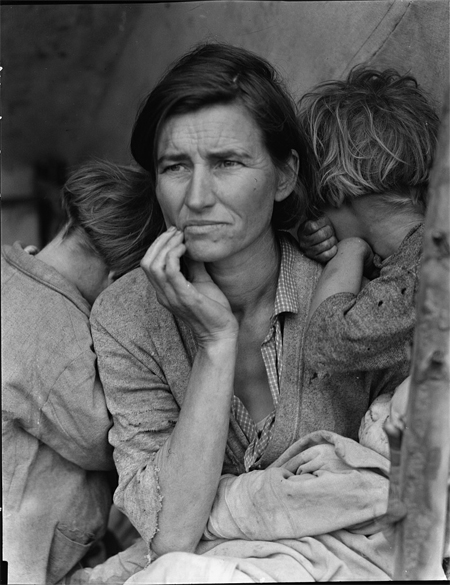Analyzing Primary Sources: Learning from Images

They say pictures are worth a thousand words. Primary source images, whether they are photographs or prints, provide windows into unique perspectives of people, places, and events. The analysis of primary source images helps scaffold and differentiate learning and aligns closely to the Common Core English Language Arts Standards (CCSS).
The Library of Congress is a treasure trove of primary source images, the bulk of which you will find in the Digital collections and the Prints & Photographs collections. Image source sets are included in the Themed Link Sets and most Primary Source Picks posts. You’ll find lots of primary source image activities in the Teaching & Learning section and search advice and more in the Tech Tips & Tutorials section. And don’t forget the Featured Sources archive, which features hundreds of guided primary source analysis activities.
To help students analyze images, you can have them use the Library’s primary source analysis tool and a subset of the guiding questions provided below, which were adapted from this list.
Image Analysis Guiding Questions
OBSERVE: Identify and note details
- What type of image is this (photo, painting, illustration, poster, etc.)?
- What do you notice first? Describe what else you see.
- What’s happening in the image?
- What people and objects are shown? How are they arranged? How do they relate to each other?
- What is the physical setting? Is place important?
- What, if any, words do you see?
- Are there details that suggest the time period this image relates to? Is the creation date listed in the bibliographic record? If the creation date is listed, was this image created at or around the same time period the image relates to?
- What other details can you see?
REFLECT: Generate and test hypotheses
- What tools might have been used to create this image?
- Why do you think this image was made? What might have been the creator’s purpose? What evidence supports your theory?
- Why do you think the creator chose to include these particular details? What might have been left out of the frame?
- Who do you think was the audience for this image?
- What do you think the creator might have wanted the audience to think or feel? Does the arrangement or presentation (lighting, angle, etc.) of the details affect how the audience might think or feel? How?
- What do you feel when looking at this image?
- Does this image show clear bias? If so, towards what or whom? What evidence supports your conclusion?
- What was happening during the time period this image represents? If someone made this image today, what would be different/the same?
- What did you learn from examining this image? Does any new information you learned contradict or support your prior knowledge about the topic or theme of this image?
QUESTION: What didn’t you learn that you would like to know about? What questions does this image raise? What do you wonder about . . .
- Who?
- What?
- When?
- Where?
- Why?
- How?
What sources might you consult to learn more?
Please feel free to download and distribute the Image Analysis Guiding Questions document and the primary source analysis tool (but please keep the formats, including logos, intact).
Related resource
Connecting to the Common Core: Analyzing Primary Source Images
Primary source strategies, activities, lessons using images
- Analyzing Primary Sources
- Connecting to the Common Core
- Guided Primary Source Analysis Activities
- Integrating Tech
- Learning from the Source
- Primary Source Icebreakers TPS Western Region
Guiding questions for other primary source types
- Learning from Audio Recordings: Analyzing Primary Sources
- Learning from Maps: Analyzing Primary Sources:
- Learning from Music: Analyzing Primary Sources
- Learning from Newspapers: Analyzing Primary Sources
- Learning from Oral Histories: Analyzing Primary Sources
- Learning from Political Cartoons:Analyzing Primary Sources
- Learning from Texts: Analyzing Primary Sources:
- Learning from Video Recordings: Analyzing Primary Sources
